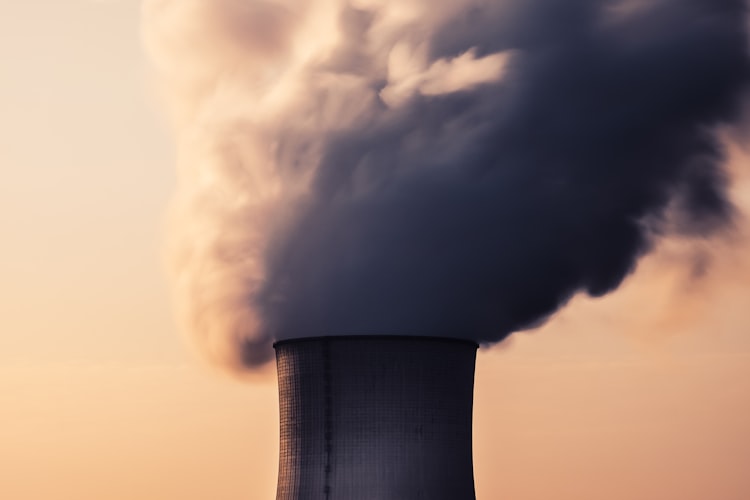A research team from the United States Department of Energy’s Pacific Northwest National Laboratory (PNNL) was able to return carbon dioxide to rock by injecting volcanic basalt with liquid CO2. This technique has opened doors for scientists to be able to store excess CO2 that humans are continually putting into the atmosphere. The researchers hope that this process may be expanded so as to address the problem on significant levels of carbon.
The research made by the PNNL was more on similar experiments conducted in Iceland from this year. They dissolved CO2 in water and put it into basalt. The research team knew that the chemical reactions would happen in lab condition. However, this test shows the time it would take for the process to finish in non-ideal settngs.
Source: YouTube, PNNLgov
According to researcher Pete McGrail, “Now we know that this mineral trapping process can occur very quickly, it makes it safe to store CO2 in these formations. We know now that in a short period of time the CO2 will be permanently trapped.”
Researchers put the fluid CO2 into lava flows that are hardened nearly 3,000 ft underground. Minerals such as calcium, magnesium and iron make up the basalt formations at that depth. The minerals dissolve with the acidic conditions that has already started by the carbon dioxide. The dissolved minerals form ankerite, which is similar to limestone. This will bind with basalt and traps in the carbon dioxide.
 https://upload.wikimedia.org/wikipedia/commons/7/7b/20011005-0039_DAS_large.jpg
https://upload.wikimedia.org/wikipedia/commons/7/7b/20011005-0039_DAS_large.jpg
Source: Wikimedia
The research isn’t actually new, but it’s good to know that this process would only take two years instead of centuries as stated in previous estimates. The largest concentrations of basalts correspond to different places of continental flood basalts. These can be found in different places throughout the globe including, India, Russia, South Africa, and in the US stats of Washington and Oregon.
This does seem like a perfect solution, but we can’t trap CO2 into every basalt pocket we find yet. The process of carbon capturing is still expensive. Also, no one knows how well these experiments can be conducted at a larger scale with higher amounts of carbon dioxide. There is also very little research on how much carbon can be safely stored in basalt.
Here’s the positive side: The CO2 that is placed into basalt will not harm the oceans or the atmosphere. So its potential to harm gets reduced to almost zero.
“[The CO2] can’t leak, there’s no place for it to go, it’s back to solid rock,” According to McGrail. “There isn’t a more safer or permanent storage mechanism.”
Article Source:
ACS














